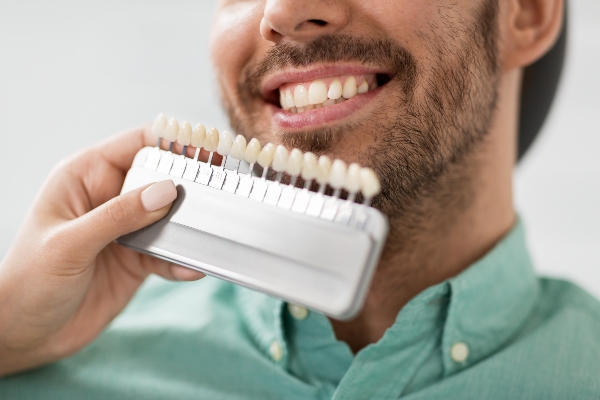What Types of Sedation Dentistry Are There?

Sedation dentistry is indispensable. A large number of people avoid dental clinics because they are afraid of the dentist. The right type of sedation can place you in a state of calmness and relaxation. It also helps reduce pain in patients going through extensive dental treatments. If you want to know the types of sedation dentistry available for your next dental treatment, here are the details.
Non-conscious sedation
Another name for this type of sedation dentistry is general anesthesia. A patient in non-conscious sedation falls asleep on a deeper level. The patient needs help breathing. Any person under general anesthesia is immobile and unresponsive to any stimuli. There is no awareness and memory of what procedure took place. Dentists often use this type of sedation dentistry if the procedure is invasive.
Conscious sedation
This type of sedation enables the patient to stay awake at a specific level of consciousness. The patient can respond to the dentist’s physical stimulation or verbal commands as the procedure happens. There are subcategories to conscious sedation. These subcategories differ via route and intensity of sedation.
Inhalation sedation is another term for nitrous oxide sedation or laughing gas. This is a common method of sedation in dentistry. Its effect is instantaneous. It also allows the dentist to control the level of the patient’s sedation during the procedure. Inhalation sedation allows the patient to drive home and return to daily activities.
A patient who takes an oral sedative must wait about an hour before the dental procedure starts. Some patients take the pill the night before. The patient will become drowsy. Someone should take the patient to the dental clinic and then take the patient home after the procedure. It will take hours before the patient recovers from the oral sedation. The dentist cannot control this form of sedation dentistry.
IV (intravenous) sedation is the most effective type of conscious sedation. It helps patients with severe anxiety when it comes to invasive and long dental procedures. The analgesics and sedatives enter the patient’s bloodstream. Their effects are instant. The patient experiences partial or complete amnesia, pain relief, and relaxation. This type of sedation is easy to check during the procedure.
Those who need sedation dentistry
Patients with traumatic experiences with dentists in the past suffer from severe anxiety and phobia. These patients need sedation dentistry most. Some patients who need sedation dentistry have high sensitivity in their oral nerves. Others are resistant to local anesthetics. Patients who suffer from any of these must talk to the dentist about their condition. It should not be a cause of embarrassment.
The right type of sedation dentistry can help you go through any dental procedure
A consultation with your dentist is an opportunity for you to discuss any form of anxiety you have about your upcoming dental procedure. It does not matter whether you have anxiety or not. Being open about your uneasiness can help you get more from your next dental procedure. It can also help determine the right type of sedation dentistry for you.
Are you considering experiencing sedation dentistry in the Saratoga Springs area? Get more information at https://www.mysaratogadentist.com.
Check out what others are saying about our services on Yelp: Sedation Dentistry in Saratoga Springs, NY.
Recent Posts
Sedation dentistry involves using medications to induce a state of extreme relaxation while you are having an oral procedure done. It does not make you unconscious, but it does significantly decrease your sensitivity to pain. It can also induce a state of short-term amnesia so that you have little memory of what happened during the…
Dental anxiety affects millions of people in the U.S. This anxiety can often prevent patients from getting treatments that can keep oral diseases like tooth decay and gum disease away or prevents them from getting worse. Dental phobias can be the result of previous bad experiences with dentists, or they can be caused by a…
If you get nervous going to the dentist, you are not alone. Dental anxiety is a common problem that almost everyone struggles with from time to time. Most people experience it before and during a procedure or appointment. While it may seem difficult to overcome, it is possible with the help of an experienced dentist.…
The fear of going to the dentist has long been a trope used in almost every medium of popular culture, but dental anxiety is a real problem for many people. An excessive nervousness or apprehension that builds before a dental appointment is not uncommon among many Americans. Even those who do not consider themselves to…


